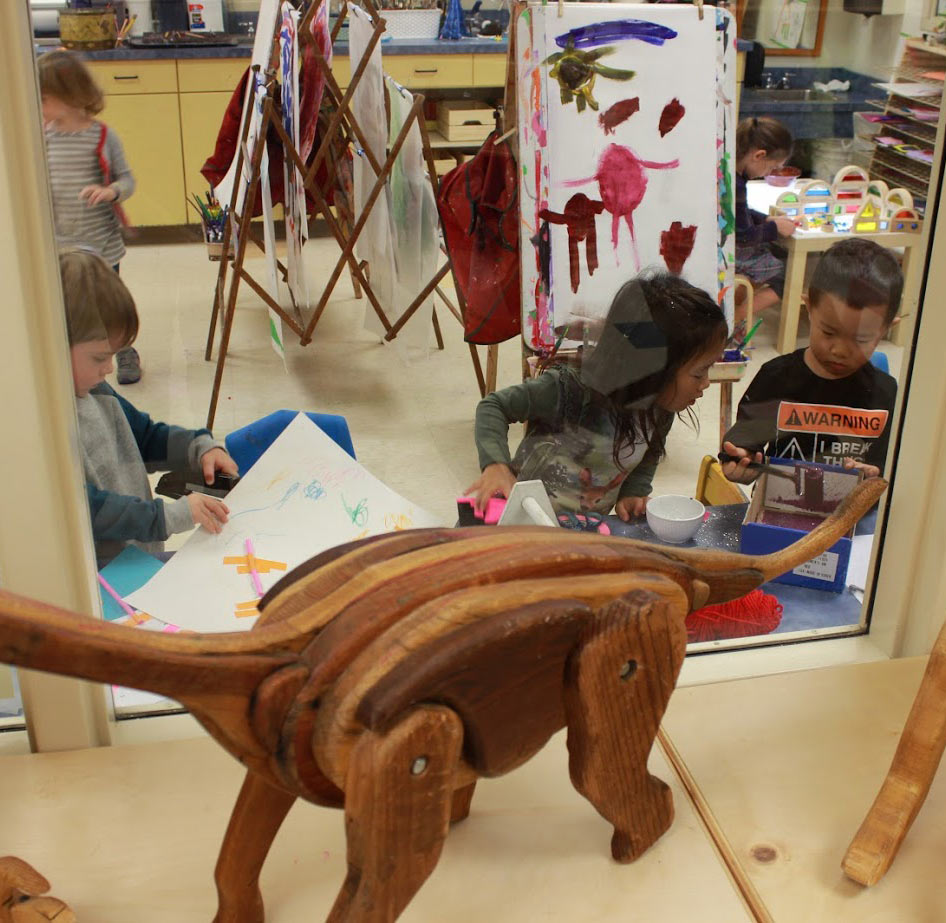The Reggio Approach
One only needs to step into Preucil Preschool to see the influence of the Reggio schools. We nurture these principles every day in our classrooms, art studio, and music rooms. As teachers, we continue on our own learning journey and each of us speaks in one hundred languages as well. For I believe that the one hundred languages are always with us, if we are just willing to pull them out and explore them. So together, teachers and children at Preucil speak one hundred languages, maybe more.
What is Reggio?
The Reggio Emilia schools were developed post WWII by parents and educator Loris Malaguzzi. The schools have become world renown for their innovative methods and were named by Newsweek as one of the ten best schools in the world in 1991. Some basic principles of the Reggio approach include:
Image of the child: Children are viewed as competent and strong, having enormous potential. Children are seen as collaborators and active participants in constructing knowledge as they negotiate the environment and build relationships.
Role of Teacher: Teachers are seen as collaborators and guides rather than all-knowing. Teacher and child learn together. Teachers observe, listen, and actively problem-solve and problem-teach alongside children.
Role of the Environment: The environment is seen as the 3rd teacher as children interact with and negotiate their space. Classrooms are aesthetically pleasing and support the experiences and ideas of the children. The space fosters social relationships and collaboration.
Atelier: Schools are equipped with an art studio in which a multitude of materials are available for creative expression and cognitive freedom. The atelierista (art teacher) has a background in visual arts and works closely with classroom teachers.
Emergent Curriculum and Project Work: Curriculum emerges based on the teachers’ observations of children’s interests, curiosities, and understanding of the world. Through questioning and observing, teachers gain insight into children’s ideas and thinking processes. Based on observations, chance events, or teacher and child interest, projects emerge.
Documentation: Giving value to children’s work and ideas, teachers document learning. Children’s hypothesis, theories, and thought processes are recorded and documented along with photos and work samples. This documentation is used by teachers to determine the direction of projects as well as to help others understand the children’s experiences.
The Hundred Languages: Children have many languages with which to express themselves and communicate their thoughts and ideas. Drawing, painting, singing, sculpting, dancing, storytelling, playing are just a few examples. All languages are supported and encouraged as a means of communication and as representation of learning.

